Now I'd like to share strategies for the 4th C, which is the support children need when they are calm and ready to learn: Capacity-building of self-regulation. The 4 C's Framework of Emotional Support
The 4th C: Capacity-Building of Self-Regulation
Many of the developmentally appropriate practices we use in the early childhood classroom help to build children's capacity for self-regulation. Strengthening relationships, teaching self-regulation and social skills, helping children to learn about feelings, and modeling self-regulation skills are ways to provide capacity-building strategies. In addition, sometimes we need to adjust our expectations of individual children's behaviors, accommodating possible developmental delays in executive functioning or self-regulation skills. Sometimes we may also need to adjust the environment, providing supports that make it more likely that children can navigate challenging situations. We do this when we ensure our environments are developmentally appropriate for all our children. It's helpful to include: predictable schedules with adequate warnings before transitions; a self-regulation or calming space where children can go to settle themselves down; and a variety of soothing sensory activities (5). Let's look more closely at seven strategies for building children's capacity for self-regulation. 1. CONNECT
2. TEACH Self-Regulation Skills
Just as with other concepts and skills, we can scaffold our instruction of self-regulation and social skills. We can be specific on what it means to take turns or which words to use in which situation. We can coach the children (include all those involved in the situation), walking them through the behaviors you are teaching. Later, we can provide prompts or visual cues to remind them of the expectations and provide encouragement for their efforts. Of course, they'll also need lots of practice! 3. MODEL Appropriate Behavior
4. Provide STRUCTURE and Predictability
Children who are delayed in the skill of flexibility likewise need our support to accommodate their needs. These children need extra warnings before transitions that help them plan for the next activity, especially when transitioning from something fun to something that's not so fun. When we break the tasks down into smaller steps, we can help children get successfully through the change in activities. Here's an example:
5. Play GAMES that Help Children To Stop and Think
6. Adjust your E's- Your EXPECTATIONS and the ENVIRONMENT
So we must accommodate these children's developmental delays in self-regulation. We may need to adjust our expectations of these children's ability to follow directions, take turns, stay on task, and other self-regulation skills. As an example, perhaps they can leave circle time sooner, or at least take a break or have a fidget toy or wiggle cushion to help them move while listening. Secondly, sometimes we need to adjust the environment. Children with sensory processing problems often become overwhelmed by sensory input, that is, by the sounds, lights, smell, and touches they experience in the environment. So we may need to accommodate these hypersensitive children by adjusting the sound and light level, providing more comforting, enclosed spaces and including a greater variety of sensory activities and materials in our classrooms. Using visual cues such as picture schedules may also be helpful. (See resource 7 for examples.) 7. Help Children REFLECT on their Feelings and Learn to CALM Themselves
There are many books that help children reflect on their feelings and the feelings of others. Be sure to check out our own eepworm books and toys! When reading with children, talk about the emotions the characters experience and how to recognize them. As mentioned before, we can teach children calming techniques such as deep breathing and other mindfulness practices to help children learn to calm themselves. We can also provide a self-regulation center or calming space so children can practice these techniques when they get upset. This is good for all children, not just the ones who have difficulty with self-regulation. (See our blog posts on mindfulness and resource 7 for activities for children.) I hope you've gained some strategies that help you build children's capacity for self-regulation. Let me know which ones work best for you. Any additional tips are welcome as well - we can all learn from one another! References & Resources
0 Comments
When young children are upset, they usually need help from adults to calm down. And the more upset they are, the more help they need! When children are distressed, acting out, or having a tantrum or a meltdown, they don't often know what to do. Sometimes as adults we don't know what to do, either! We may try distraction ("Look at this book"), reassurance ("You're okay"), questioning ("Why are you crying?), reasoning ("We have to clean up so we can have our snack") or consequences ("You need to be by yourself until you can calm down"). Unfortunately, these efforts don't always work as well as we'd like. Brain research and experts in child development, psychology and psychiatry show us a better way (1, 2, 4, 7). To handle their upset, children need three things from adults: Connection, help with calming, and to be treated with empathy and compassion. In my Framework of Emotional Support, I call these the 3 C's of co-regulation. (Co-regulation is the set of the adult strategies we use to help children manage overwhelming emotions.) Let's look at strategies for each of the 3 C's of co-regulation: 1. Connection
2. Calming
3. Compassion
After giving empathy, show compassion by offering to help the child deal with the feeling. Let them know "I'm here to help." Your job is to help them deal with the feeling, not to "give in" to what the child wanted that started their upset. I hope these strategies help you support upset children with the 3 C's of connection, calming, and compassion. Later, when children are calm and ready to learn, we can provide the other support they need. I call it capacity-building of self-regulation: We can build their capacity for self-regulation and resilience. We do this by teaching them what to do instead and by applying other strategies and environmental supports to help them handle future challenges. Watch for the next blog post for information about this fourth "C". References and Resources:
The most important thing adults can do for children is to provide them with a warm, caring relationship. Be their attachment figure, the special person they can turn to with trust that their needs will be met. Whatever role you play in the lives of young children, you are making an impact both now and for their lifetimes. By nurturing responsive relationships with children, you are not only providing the secure base that allows them to explore their world. You are also setting a strong foundation for the learning, behavior, and health in their futures, by helping them build strong brains with the capacity to be self-regulated and resilient. As young children's caregivers and teachers, we have an incredibly important and challenging job. Here are a few of my favorite motivational quotes to encourage you. Encouragement from ECS: Here's a quote from a child development theorist that reminds us of the most important thing young children need to thrive - Love! Urie Bronenbrenner was a renowned developmental psychologist whose work helped to establish the federal Head Start program. His Ecological Systems Theory stressed that the environments in which children grow deeply affect their development. Bronfenbrenner showed how policies and programs that support families, communities, and the larger society have a huge impact on children's health and well-being. (6) Within our family, child care, and educational environments, we can support children by showing them we really care, no matter what! Rita Pierson was a passionate educator from here in Houston, Texas. She was an advocate for underserved children and understood the importance of teacher-child relationships for students' learning and self-esteem. For some powerful inspiration, watch her TED talk; you'll be in good company - it has been viewed over 13 million times! She encourages us to go the extra mile for our children, no matter how challenging it is - or they are! Although Pierson has passed away, her legacy lives on. You have it in you to be the champion for the children you teach, even the "tough ones" - they are the ones who need you the most. Let's follow Rita's example and make a difference in all our children's lives! When you give the gift of a smile to a child, you receive one as well - even if the child doesn't smile back. Mother Teresa, a Catholic Saint and founder of the Missions of Charity, is known worldwide for her service to the poorest of the poor in Calcutta, India. We can't all rise to the level of service that Mother Teresa devoted her life to, but we can serve our children by doing our best to meet their needs. We can start with the simplest of things - a smile! It will help them feel our love and care. Try smiling more with your children - it will brighten their days and yours! A wonderful way to improve children's behavior is to focus on strengthening your relationships. PJ Caposey is an award-winning educator and author who is currently serving as a school district superintendent in Illinois. Caposey advocates for improvement of school systems, believing that an emphasis on teacher-student relationships are a big part of the needed change. He tells us that "great teachers have the goal of serving and connecting with students first - not creating a compliant culture." (3). So be a great teacher of young children. You can start by Just having fun with your kids. You will be strengthening your connections and improving behavior at the same time! Children who are exhibiting challenging behaviors are crying out for connection. It's difficult to feel loving toward a child who is hurting others or us, but we must give them what they need in that moment: connection and emotional safety. Dr. Becky Bailey, founder of Conscious Discipline®, is "an award-winning author, renowned teacher and internationally recognized expert in childhood education and developmental psychology." (4) She encourages us to see children with positive intent: Assume that they are doing the best they can and that they need our help to do better. How can we help children improve their behavior? Start with a strong, caring relationship! Dr. Bruce Perry is a renowned clinician and researcher specializing in children’s mental health. His clinical research and practice has focused on the effects of neglect and trauma in children as well as in adolescents and adults. His work has been "instrumental in describing how childhood experiences, including neglect and traumatic stress, change the biology of the brain – and, thereby, the health of the child." Dr. Perry's "Neurosequential Model©, a developmentally sensitive, neurobiology-informed approach" to clinical work, education and caregiving is used by many organizations that serve at-risk children and their families. (1) Dr. Perry's work illustrates that we can change children's lives for the better when we focus on our relationships with them. We may become the most influential person in a child's life, helping them develop to their full potential. What can you do to help children to heal when they have experienced trauma? The Center on the Developing Child at Harvard University "supports scientific research that can inform the testing, implementation, and refinement of strategies designed to achieve significantly better life outcomes for children facing adversity." (7) Check out the Center's Resource Library for helpful videos, infographics and papers. Children need healthy relationships to thrive, and it's our job as caregivers to help build those relationships! What are some things you do to help children feel connected to you? John Bosco was an Italian priest who dedicated his life to the education of the poor, especially the boys working as child laborers in Turin, Italy. He modeled his belief that educators should act like caring parents; he demonstrated gentleness and kindness as he taught the boys and provided their lodging and other material needs. Bosco realized that for children to feel loved, educators must build friendly relationships with them, by sharing in their interests and joining in their play. (2) He founded two religious orders to encourage others to emphasize love, reason and religion in their teaching. After his death he was canonized a saint in the Roman Catholic Church. St. John Bosco's quote that reminds us that the most important thing we can do for children is to help them feel loved - no matter what! This is especially important now when COVID has had everyone stressed. What are you doing that shows helps children know you care? I hope these eight quotes help to encourage you as you do the difficult but rewarding work of educating the children in your care. If you focus on establishing and strengthening your relationships with each of them, you will be giving them the strongest foundation for their future success. You may also be giving yourself a gift as well: You'll be sharing in the children's joy and wonder as they discover the world around them! References & Resources
How Playing with your Children Strengthens your Relationships – and Why That Is So Important2/23/2021
1. Play connecting games with each of your children. Connecting games are those you play just to focus on your relationship with your child. You are playing a connecting game when: you feel loving toward your child, you are in close contact (using eye contact and touch when possible), and you are being playful. These activities can be brief but are extremely powerful in strengthening the bond between you and your child, which is important for children of every age. 2. Dedicate a special time to play with each of your children individually. Schedule about 15-20 minutes when you will play with your child one-on-one, allowing him or her to be in charge. Keep rules to a bare minimum and don’t try to lead their play or teach them anything. Just be emotionally present and give him or her your full attention. (Yes, this means turning off your cellphone!) Give this special playtime a name and commit to offer it consistently for each child, whether it is every day or every week. You and the child will feel closer and you will get to know your child’s interests and abilities even better! 3. Interact in ways that support your relationship. Use these relationship-building ways of interacting with your children throughout your day, when you are playing and any time you are together. They not only strengthen your relationships with them, they also set the stage for more beneficial play times between you.
These times are opportunities to engage in “serve and return” interactions. These brain-building back-and-forth interactions are like a game of tennis: Your child “serves” by looking, pointing, or talking, then you return the serve by responding to the focus of their attention. Take as many turns as you can, noticing serves, encouraging and talking about his or her interests, waiting for responses and realizing when they are ready to stop. Serve and return interactions with shared attention are an extremely powerful way to build brains! Develop rituals to foster closeness. Rituals are consistent routines that you create with each child’s needs in mind. They are designed to strengthen relationships and provide predictability and comfort to your children. If you’ve developed a way of helping your children get ready for bed based on their needs and interests that is the same every night, you have a bedtime ritual. Think of other times during your daily routine that you can build in rituals and get your children’s help in choosing activities to strengthen your relationship: getting ready in the morning, saying hello and goodbye, during rides in the car or bus, or waiting. Rituals build relationships and have the added benefit of helping make mundane routines more enjoyable times for all of you! Think positive. What you focus on is what you get! To get the most brain-building benefit out of your interactions with your children, focus on what you want them to do, not what you don’t want. When children are seeking your attention, they are really looking for relationship. This is a basic human need we never outgrow; our brains are wired for connection with others. When children are engaging in behaviors that “push our buttons”, try to think positive thoughts. Take time to observe them and listen to them, notice the good things they do, and offer encouragement as often as you can. When you think positive, your connection with your children will grow – and so will your joy in life!
Now that you know how important your relationships with your children are and have some playful ways to strengthen them, you are ready to have some fun. Enjoy growing closer with your children through play, and know you are building their brains and giving their learning, behavior and health a great start in life! Sources: Center on the Developing Child at Harvard University. (n.d.) Serve and return. https://developingchild.harvard.edu/science/key-concepts/serve-and-return/ Bailey, B. A. (2001). Easy to love, difficult to discipline: The 7 basic skills for turning conflict into cooperation. New York: Harper-Collins Publishers Inc. Head Start Early Childhood Learning & Knowledge Center Archive. (n.d.). The importance of teacher-child relationships in Head Start. https://eclkc.ohs.acf.hhs.gov/archive/policy/im/acf-im-hs-08-21-attachment Forrester, M. M. & Albrecht, K. M. (2014). Social emotional tools for life: An early childhood teacher’s guide to supporting strong emotional foundations and successful social relationships. Houston: Innovations in ECE Press Sources of Connecting Games
Bailey, B. A. (2000). I love you rituals. New York: HarperCollins Publishers, Inc Torbert, M. & Schneider, L.B. (1993). Follow me too: A handbook of movement activities for three- to five-year-olds. Washington, DC: NAEYC. Pierce County Library (n.d.) Wiggles, tickles & rhymes. https://www.piercecountylibrary.org/files/library/wigglesticklesall.pdf
To play a connecting game, just include these 3 things:
Here are nine of my favorite connecting games to play with school-age children. I hope you enjoy some of them! Back Writing Trace a word or phrase on a child's back and have them guess what you "wrote". Use affirmations, encouragement and positive messages. Balloon Keep Up (Torbert, M. & Schneider, L.B. (1993) Follow me too: A handbook of movement activities for three- to five-year-olds. Washington, DC: NAEYC. pp. 51-53) Have lots of balloons, and children work together to keep the balloons from touching the floor. Special Handshake Create a special handshake with each of your children, and use it every day to greet them. Car and Driver (Torbert, M. & Schneider, L.B. (1993) Follow me too: A handbook of movement activities for three- to five-year-olds. Washington, DC: NAEYC. p. 71) Stand behind a child with your hands on her shoulders. Direct the child to stop and start using only your hands. The child can take a turn “driving” with her hands on your waist. Hand Clapping Games Partner with a child and make up a clapping pattern as you sing the songs.
In a Cabin in the Woods (traditional Boy Scout camp song) In a cabin in the woods (draw a square in the air with your fingers) A little man by the window stood (make circles, like binoculars, with your hands and put up to your eyes) Saw a rabbit hopping by (two fingers walking in front of you in the air) Knocking at his door (do a knocking motion with one hand) “Help me! Help me! Help!” he cried (fling your hands in the air three times) "Before the hunter finds me!" (put hand over forehead as if shielding the sun while looking back and forth) Little rabbit come inside (motion inviting someone to come to you) Safely you may hide (rock your arms like you’re rocking a baby) Keep repeating the song, doing the hand motions but humming instead of singing a line. So the second time you sing the song, you don’t say “In a cabin by the woods”, you just hum it and make the hand gesture. The third time, you leave out both 1st and 2nd lines (humming only) do just the hand gesture, sing the rest. You keep going until there are no words, just humming and gestures. You can also speed up the tempo Plainsies, Clapsies (Henry Goyette) Say one line as you toss the bean bag to a child. The child repeats it as he tosses it back to you. Plainsies, (Just throw) Clapsies, (clap after throw) Roll the ball, (roll hands as if wheels after throw) Dilapsies. (touch shoulders after throw) Highsies, (toss bean bag high) Lowsies, (toss bean bag low) One hand, (toss bean bag one-handed) The other hand. (use the other hand) Touch my knee, (touch knee after throw) Touch my toe , (touch toe after throw) Touch my heel, (touch heel after throw) And under we go! (toss bean bag from under leg) “Pom-Pom Push”
Try some of these connecting games, or use your own favorite connecting activities with your school-agers. You will be helping your children - and yourself - thrive! Have fun!
To play a connecting game, just include these 3 things:
Here are 13 of my favorite connecting games to play with infants and toddlers. I hope you enjoy some of them! Bumpy Road Smooth Road, Smooth Road. (move child in circular motion) Bumpy Road, Bumpy Road. (bounce your child on your lap) Rough Road, Rough Road. (bounce higher and faster) Hole. (dip child between your legs) Did You Ever See a Baby Did you ever see a baby, (have your child sitting on your lap) A baby, a baby? Did you ever see a baby, Go this way and that? (rock from side to side) Go this way and that way, (forward and back) And that way and this way. (side to side) Did you ever see a baby, Go this way and that? (forward and back) Giddy Up Horsey Giddy-up, giddy-up, giddy-up horsey. (bounce child on knees) Giddy-up, giddy-up, go, go, go Giddy-up, giddy-up, giddy-up horsey. Giddy-up, giddy-up, Whoa! (let child slip through knees) I Bounce You Here I bounce you here, I bounce you there, (bounce child on knees) I bounce you, bounce you, everywhere. I tickle you here, I tickle you there, (gently tickle child) I tickle you, tickle you, everywhere. I hug you here, I hug you there, (hug child) I hug you, hug you, everywhere! Let’s Go Riding in an Elevator Let’s go riding in an elevator. (hold child in front of you on lap) Let’s go riding in an elevator. First floor, (at “first floor” start to lift child up Second floor, rising up a little at each floor) Third floor, Fourth floor, Fifth floor, (by “fifth floor” child should be high) Doooowwwwwnn! (bring child quickly back to lap) Shoe the Little Horse Shoe the little horse, (pat child’s left foot) Shoe the little mare, (pat child’s right foot) But let the little colt (bicycle child’s feet around and around) Run free everywhere.
Elephant Song One elephant went out to play, (hold up one finger) Over the hills and far away. (wave finger like it is going over the hills) She had such enormous fun, (on “enormous” circle arms out and around) That she called for another elephant to come. (cup hands over mouth) “Oh Elephant!”… (call out and then pound the floor for the running elephant sound) (Repeat with as many elephants (fingers) as you want) Little Flea Creeping, creeping, little flea, (creep fingers up child’s body and down again) Up my leg and past my knee. To my tummy, on he goes, Past my chin and to my nose. Now he’s creeping down my chin, To my tummy once again. Down my leg and past my knee, To my toe that little flea. GOTCHA! (gently tickle baby’s tummy and switch to other foot) One, Two, Three One, two, three, (tap on baby’s knee) Tickle your knee. (gently tickle baby’s knee) Four, five, six, (tap on baby’s tummy) Pick up sticks. (gently tickle baby’s tummy) Seven, eight, nine, (tap on baby’s chin) You’re all mine! (hug baby) Round and Round the Garden Round and round the garden, (make a circle in child’s palm) Goes the teddy bear. One step, two steps, (fingers walk up child’s arm) Tickle you under there. (gently tickle child under arm) Round and round the haystack, (make a circle in child’s other hand) Goes the little mouse. One step, two steps, (fingers walk up child’s arm) Into his little house. (gently tickle child under arm)\ Two Little Eyes Two little eyes to look around. (point to child’s features as mentioned) Two little ears to hear each sound. One little nose to smell what’s sweet. One little mouth that likes to eat. Movement Games |
| Catch Me if You Can! Toddlers love to be chased. The object: catch the child with a big bear hug and tickles You can pretend to be different types of animals. Come and Get me! If your infant can crawl, spread some cushions and pillows on the floor. Stay at ground level and peep out from behind them, encouraging her to crawl over them. |
| Relationships between adults and children are incredibly important for children's development, especially in early childhood. Close relationships help to build children's brains, setting the foundation for their lifelong learning, behavior and health. Relationships are built over time, through "serve and return" interactions between adult and child. |
One way to build these important relationships is by playing "connecting games."
To play a connecting game, just include these 3 things:
- Emotional warmth - your nurturing, compassionate presence
- Close contact - eye contact and gentle touch
- Playfulness - expressing joy and fun in being together
I hope you enjoy some of them!
Have lots of balloons, and children work together to keep the balloons from touching the floor.
Play a game of catch, using a bean bag or ball. Let the child make up rules for how to toss the ball.
Stand behind a child with your hands on her shoulders.
Direct the child to stop and start using only your hands.
The child can take a turn “driving” with her hands on your waist.
| Jack-in-the-Box Jack-in-the-Box, Jack-in-the-Box Sit so still Will --- pop up? Of course she will! This connecting game started as a transition activity after circle time. It was appealing to me as a teacher for several reasons: The children got really quiet in their "boxes" so I had their attention The transition was orderly because children moved a few at a time I could add other learning goals to the game - For example, "Will the children wearing red pop up?" I knew the activity also appealed to the children, because they requested it every day. I began adding close contact and playfulness to add a connection component to the game. |
Take turns with a child copying each other’s moves and facial expressions.
This is Mr. Wiggle. He lives in a house. This is Mr. Waggle. He lives in a house, too. So open the doors (POP!), put them inside (POP!) and close the doors.
One day Mr. Wiggle decided to go visit Mr. Waggle. So he opened the door (POP!), and came outside (POP!) and he went up the hill and down the hill and up the hill and down the hill and up the hill and down the hill until he came to Mr. Waggle’s house.
He knocked on the door, “knock! knock! knock!” and called our softly, “Mr. Waggle!” but there was no answer so he knocked louder “knock! knock! knock!” and called out loudly, “Mr. Waggle!” but there was still no answer.
So he went back up the hill and down the hill and up the hill and down the hill up the hill and down the hill until he was back at his own house. He opened the door (POP!) and went inside (POP!) and closed the door (POP!).
Repeat with Mr. Waggle visiting Mr. Wiggle the next day.
The next day, have them both leave at the same time. They meet and greet at the top of the second hill then go to sleep when they get home.
(Source unknown)
Take turns saying short sentences that end in rhyming words, pausing to let the child say the word.
Create a special handshake with each of your children, and use it every day to greet them.
You’ve been gone and you’ve been missed.
Where would you like your butterfly kiss?
(adapted from www.consciousdiscipline.com)
Author
I'm Diane Goyette, a Child Development Specialist, Trainer, Consultant and Keynote Speaker. I'm excited to share my blog!
Whether you are a child care provider or administrator, a teacher, a parent, or a helping professional who supports young children and families, I hope you get some helpful tips to make your job easier and more enjoyable!
Archives
August 2023
July 2023
June 2023
May 2023
April 2023
March 2023
February 2023
January 2023
December 2022
November 2022
October 2022
September 2022
August 2022
July 2022
June 2022
May 2022
April 2022
March 2022
February 2022
January 2022
December 2021
November 2021
October 2021
September 2021
August 2021
July 2021
June 2021
May 2021
April 2021
March 2021
February 2021
January 2021
December 2020
November 2020
October 2020
September 2020
Categories
All
Adult Child Relationships
Autism
Connecting Games
Curriculum Areas
Diversity
Emotional Support
Encouragement
Equity & Inclusion
Four C's Framework
Holidays
Infants & Toddlers
Language & Literacy
Learning Centers
Mindfulness
Physical Activity
Play
Positive Guidance
School-Age Children
Self Care
Self Regulation
Social Emotional Learning


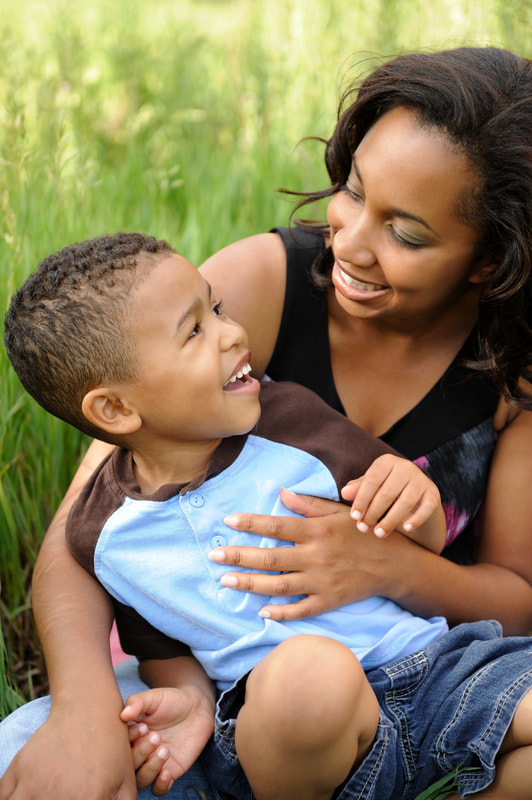
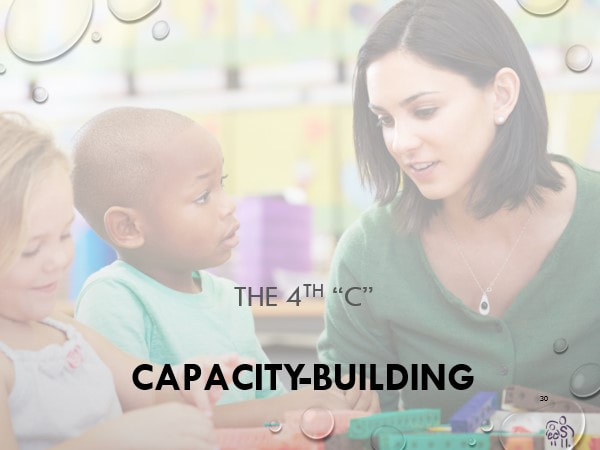
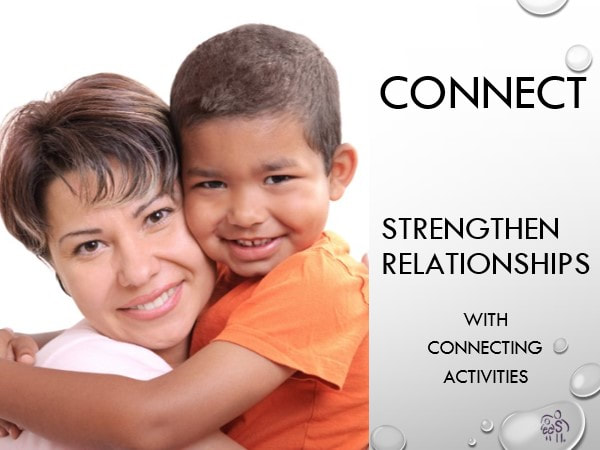
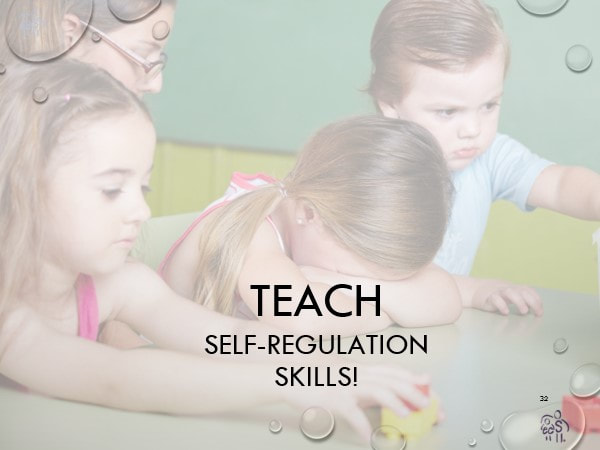
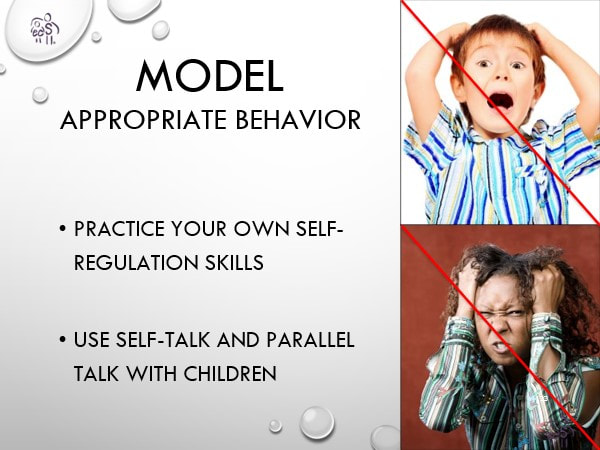
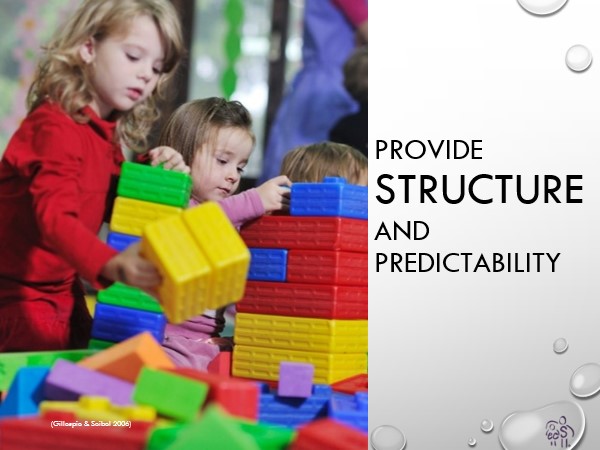
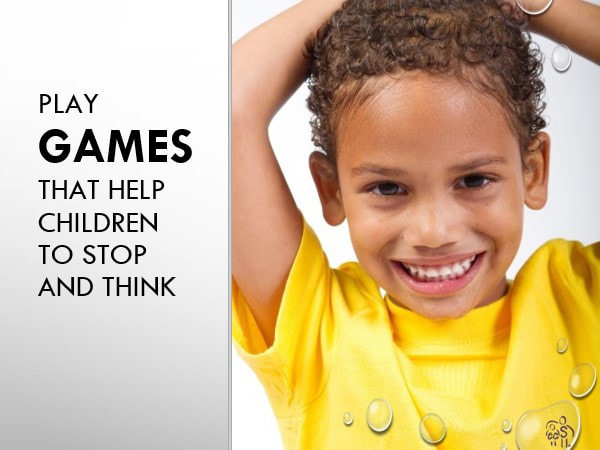
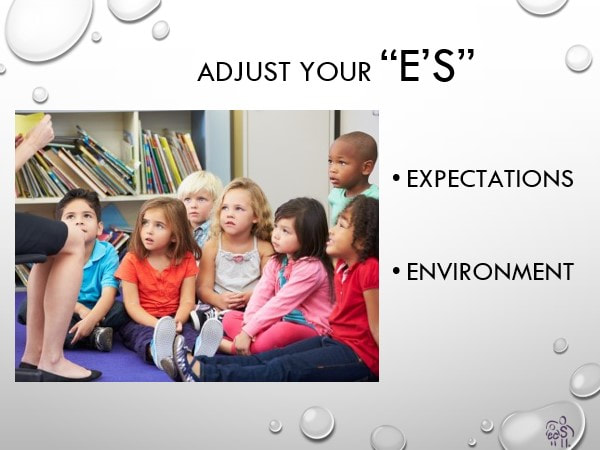
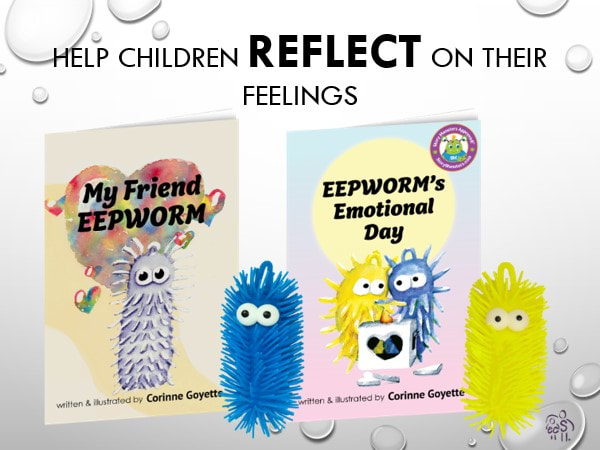
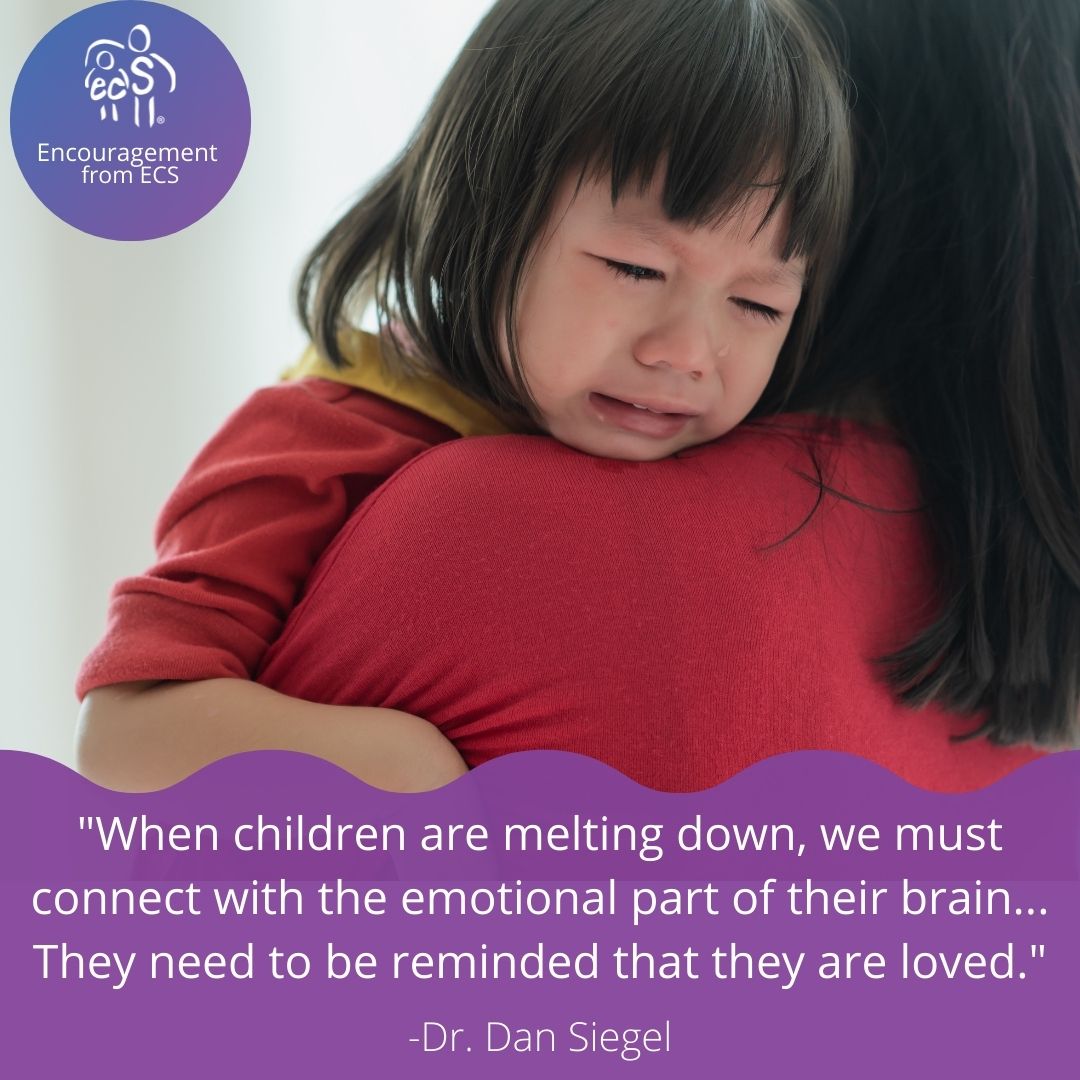
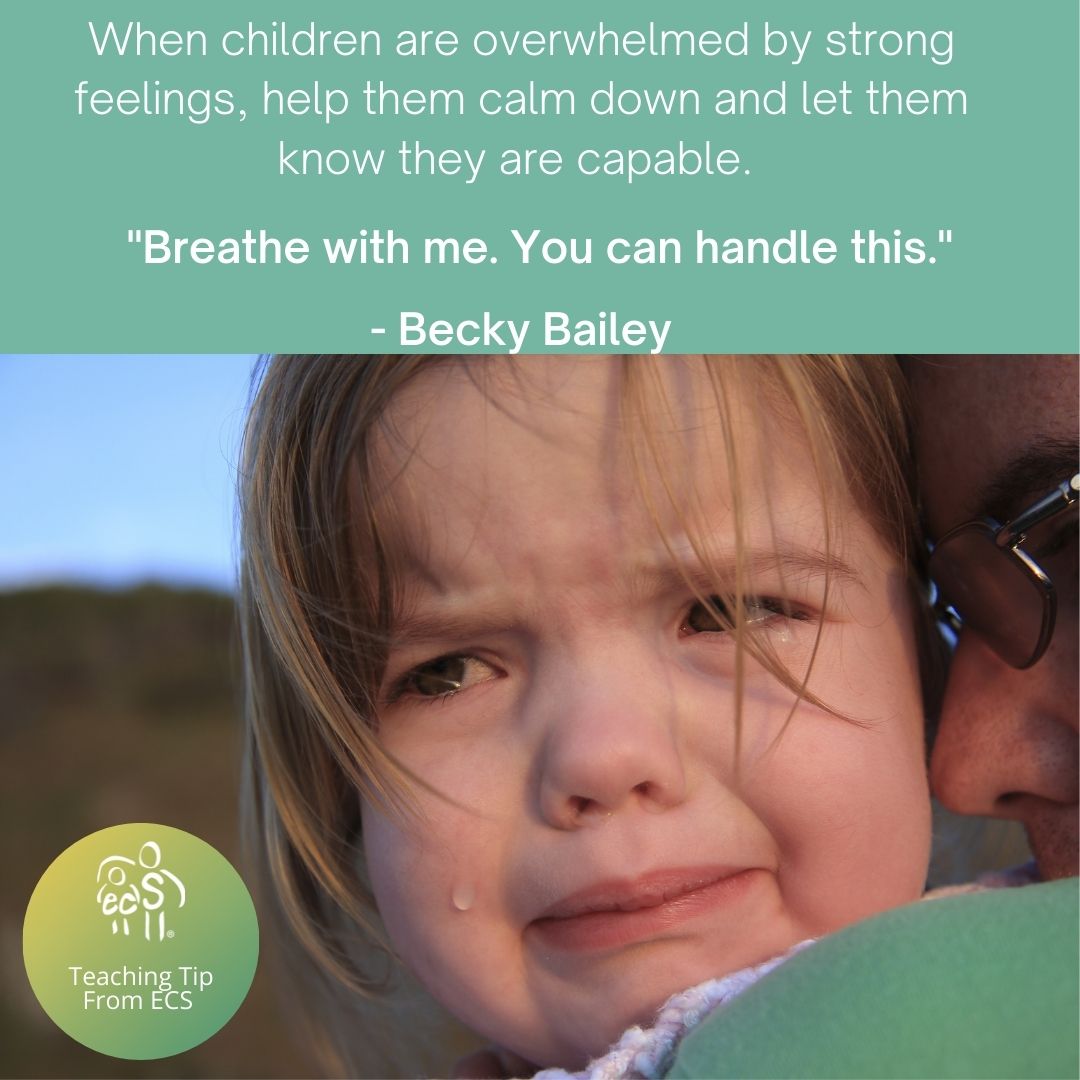
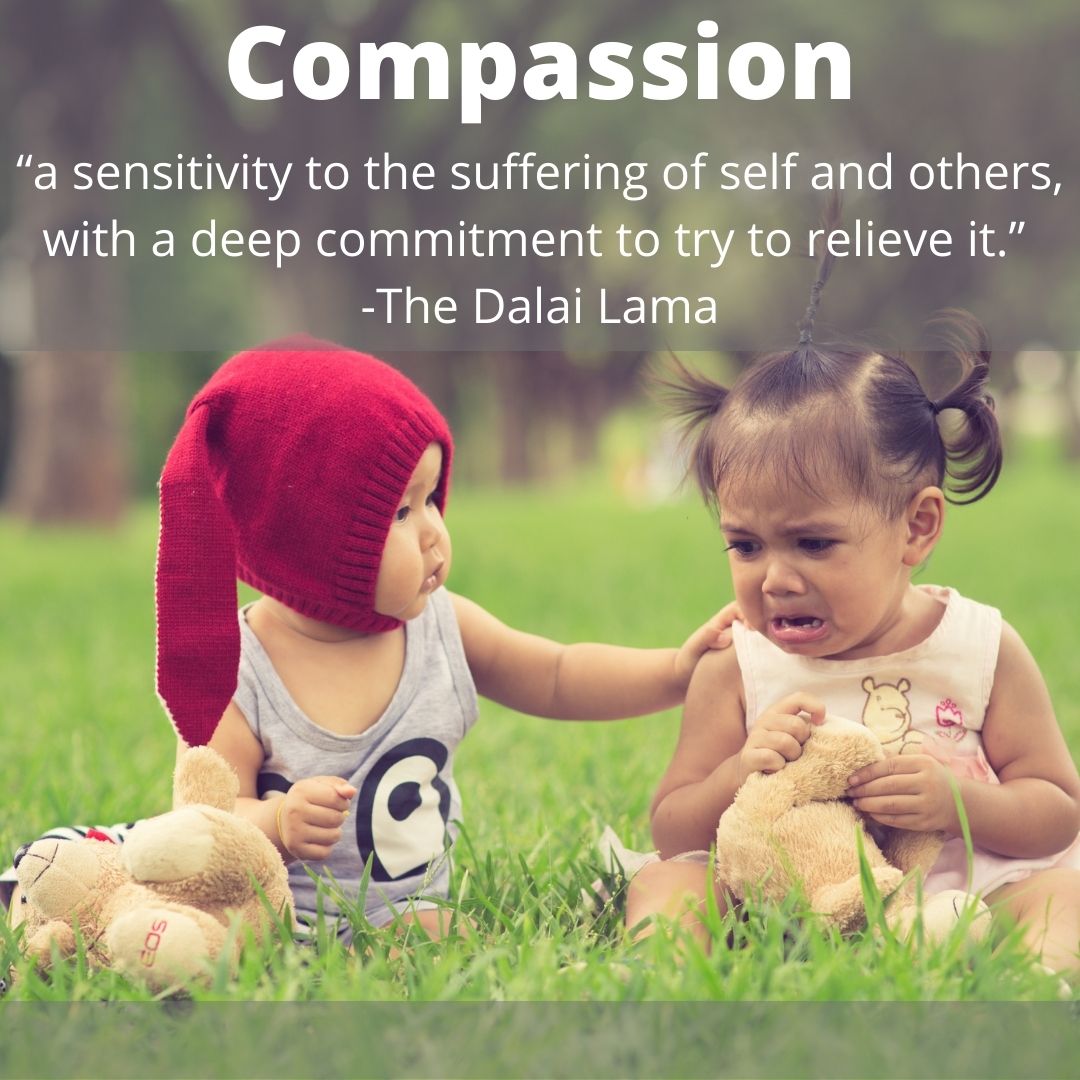
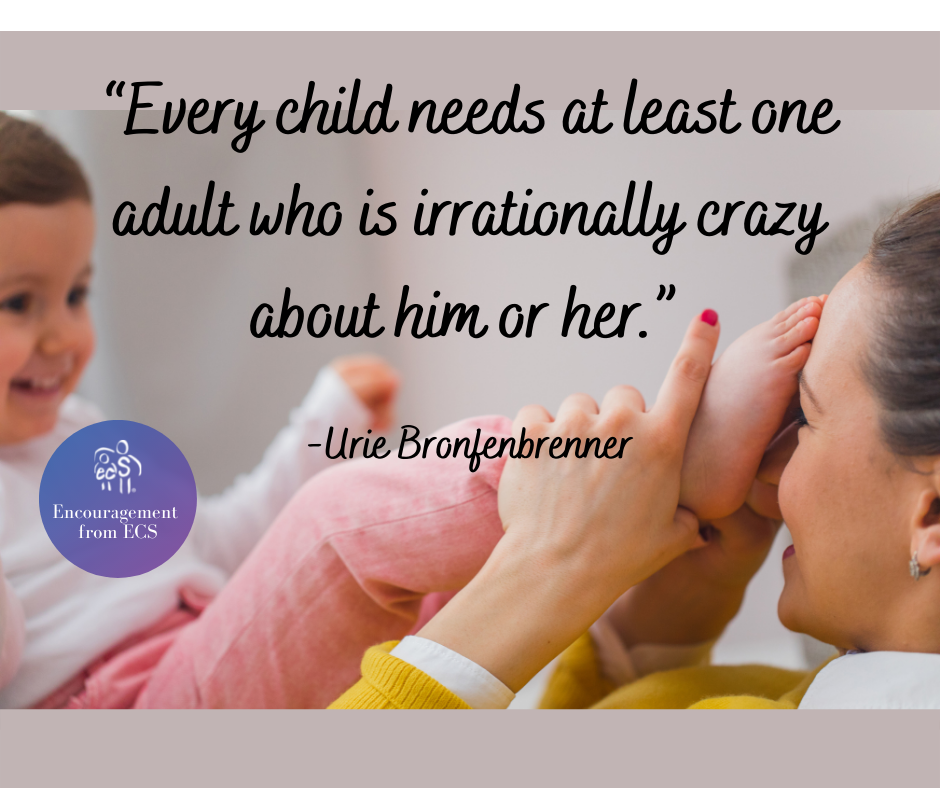
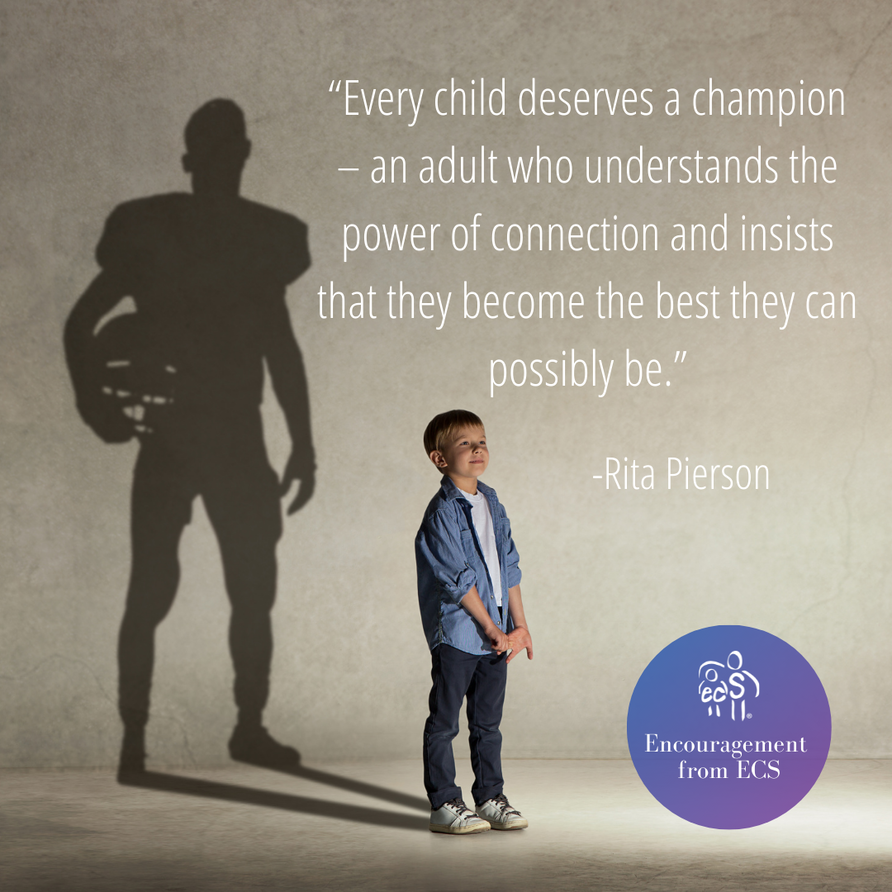
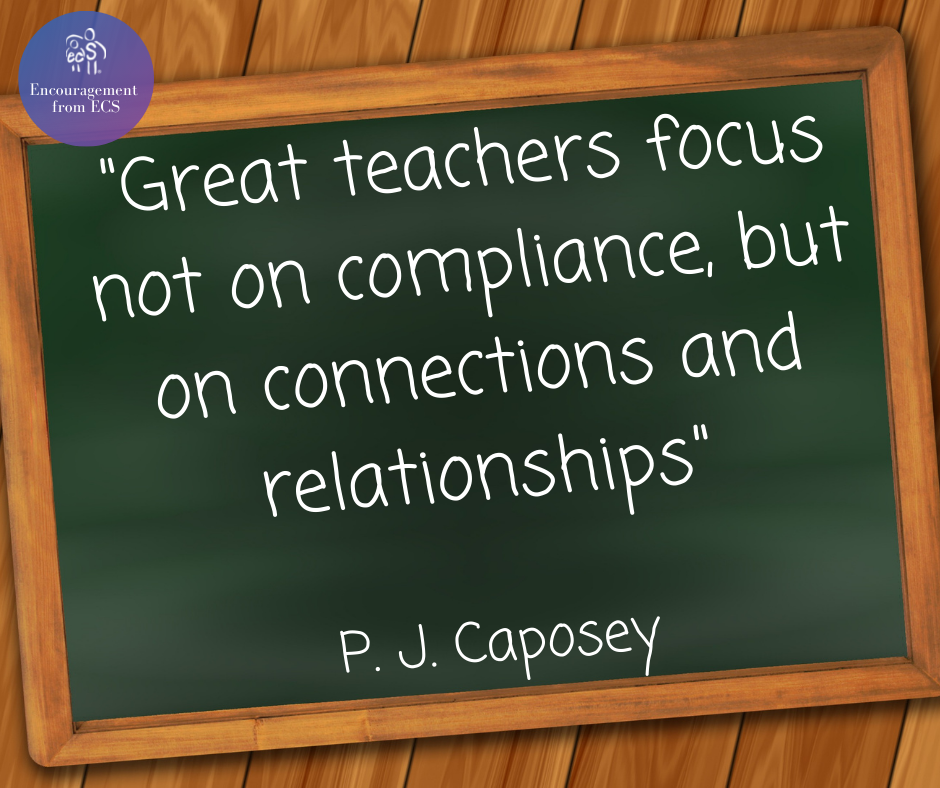
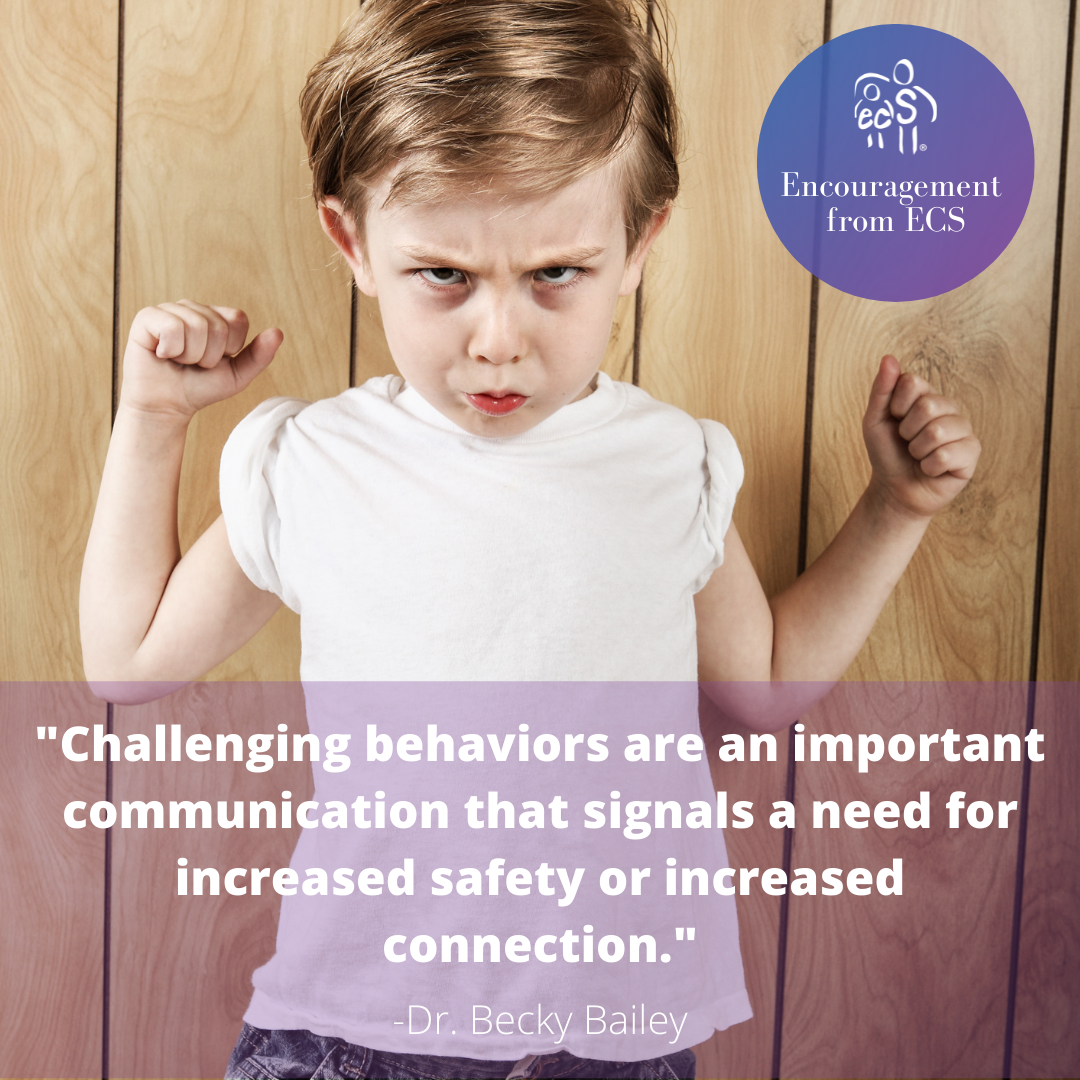
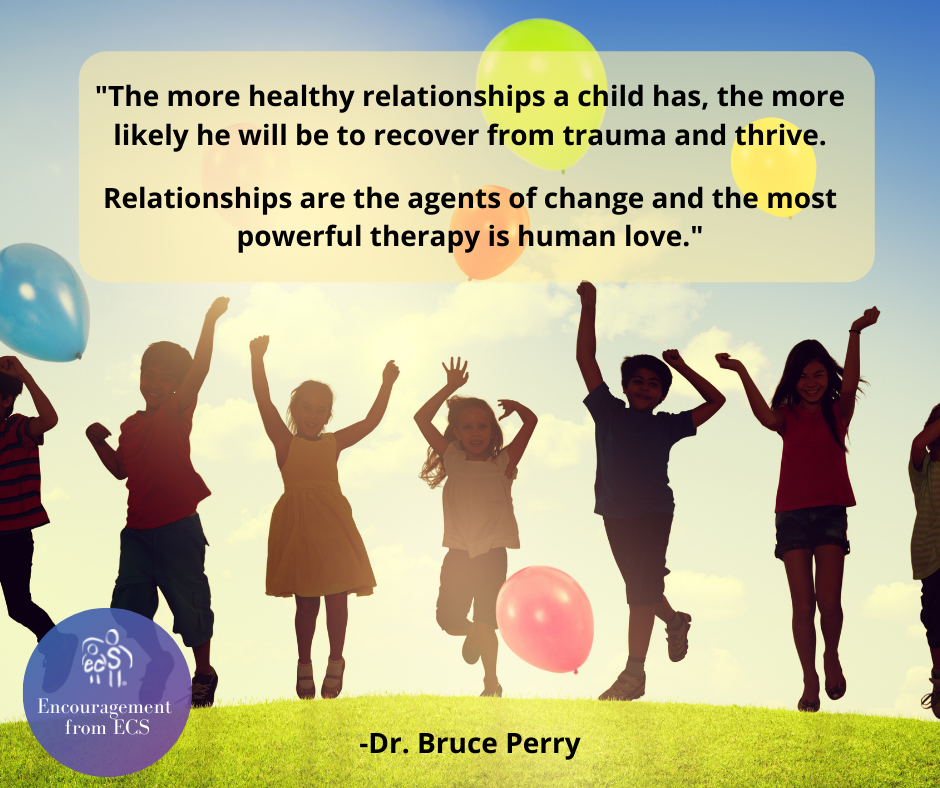
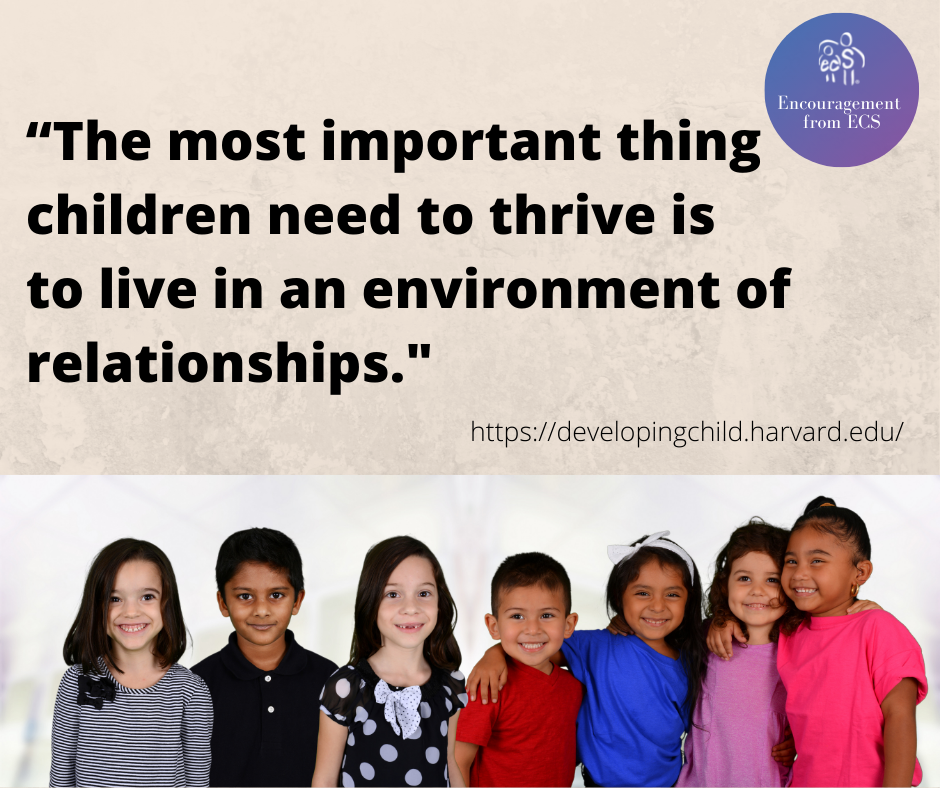
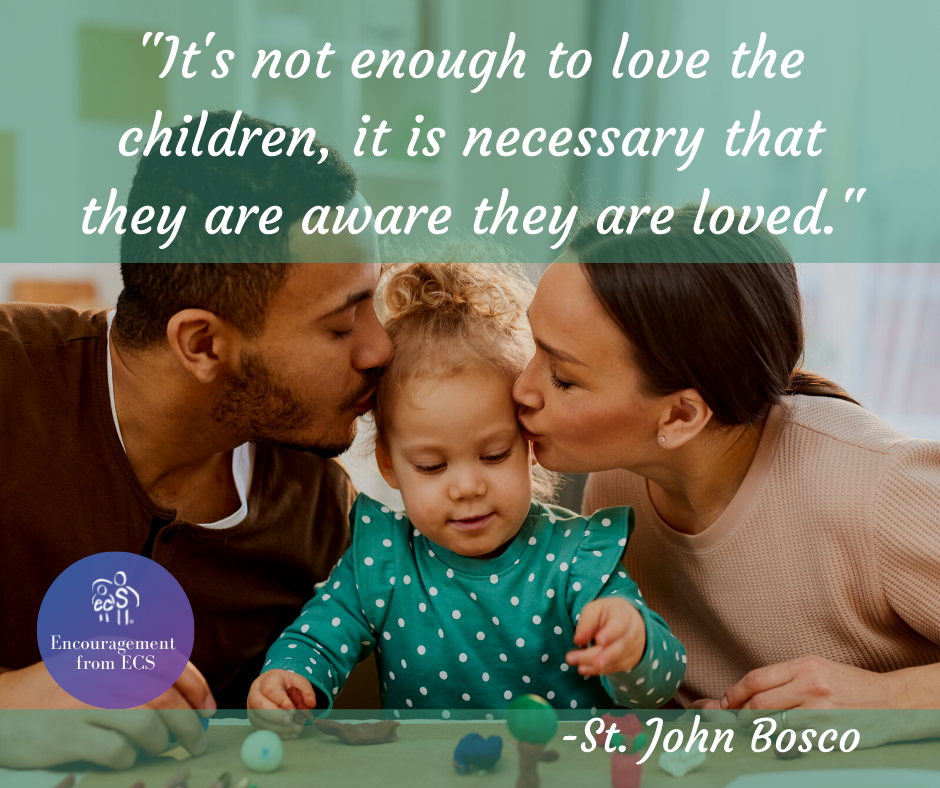
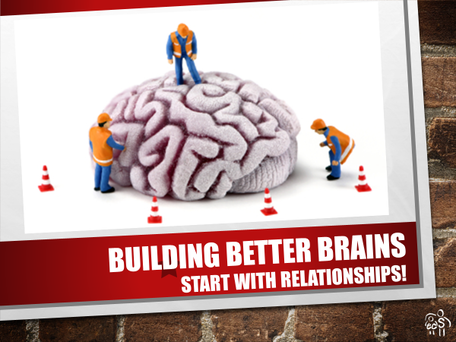
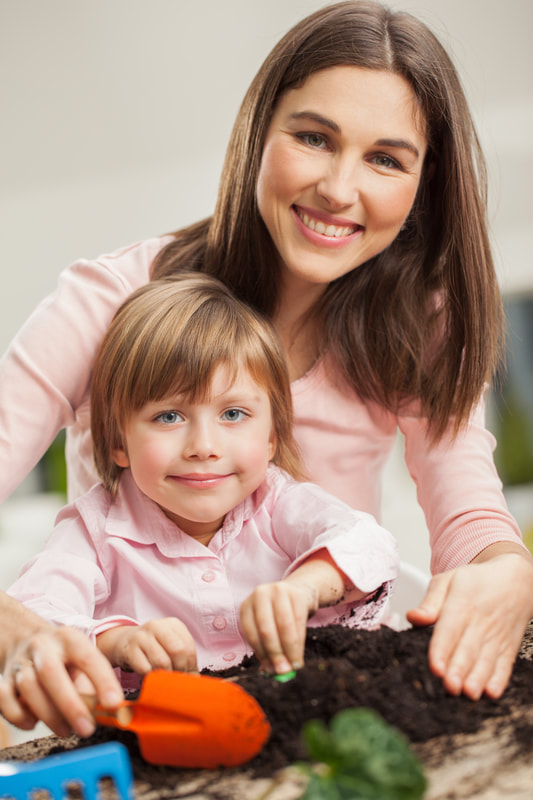
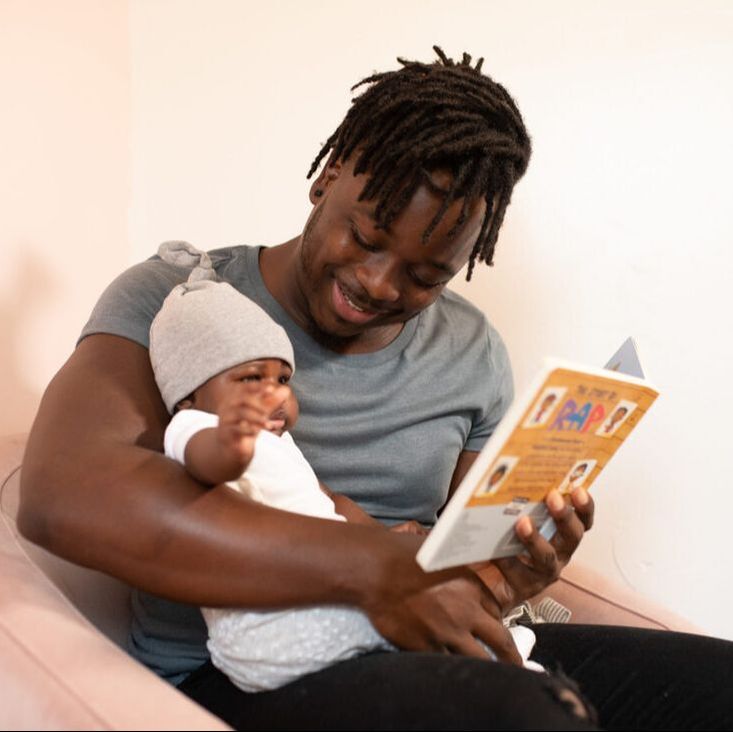
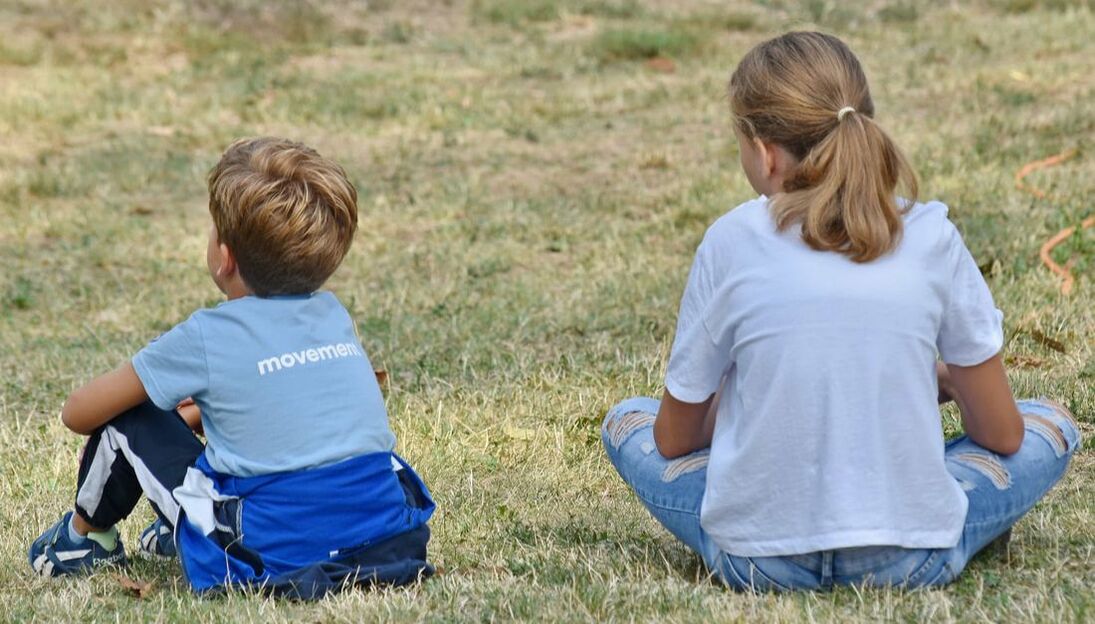
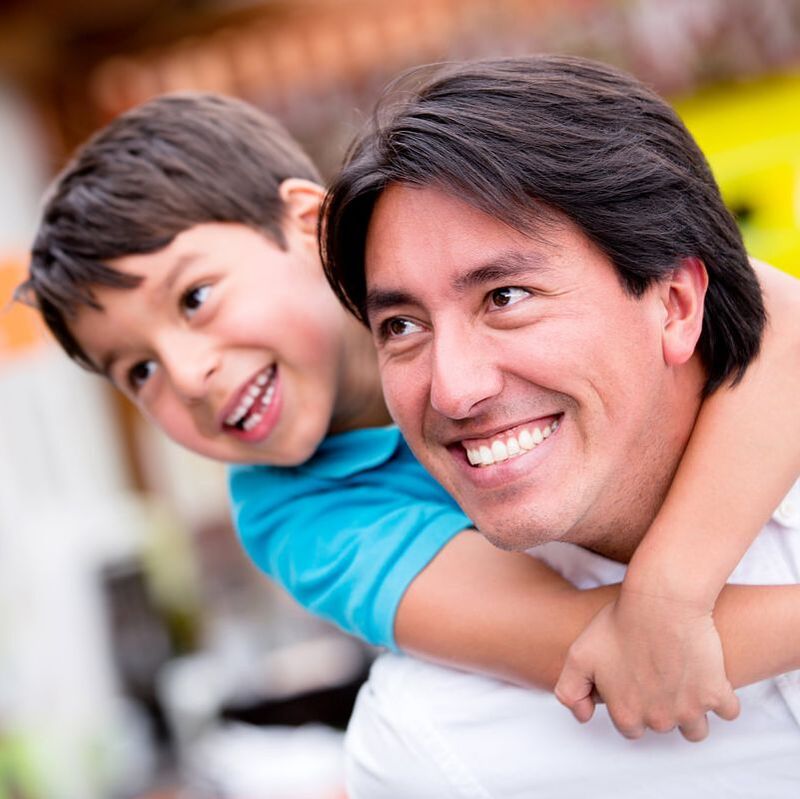
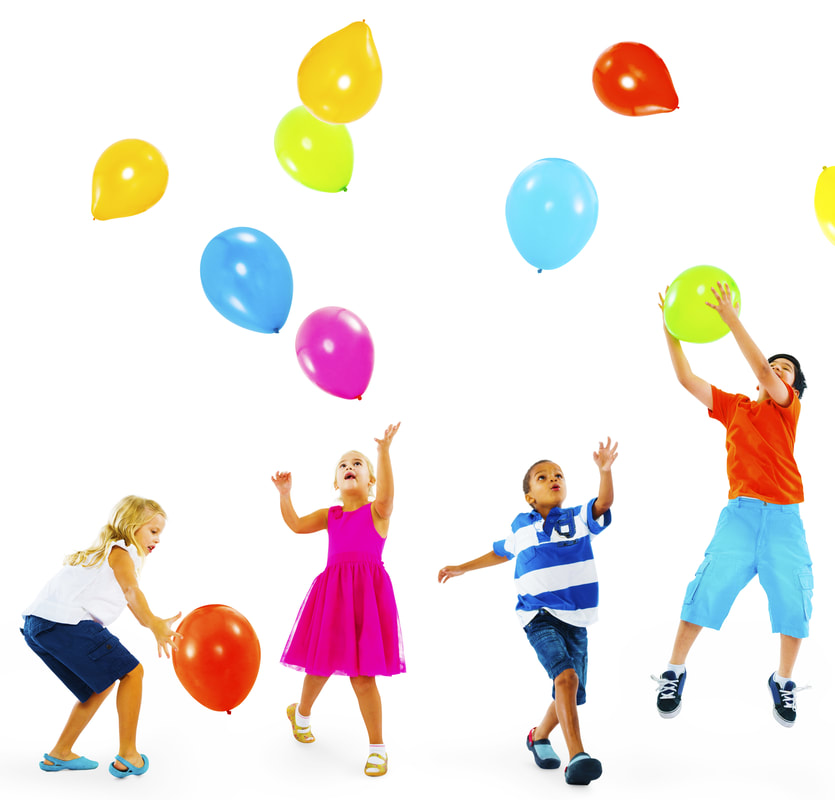
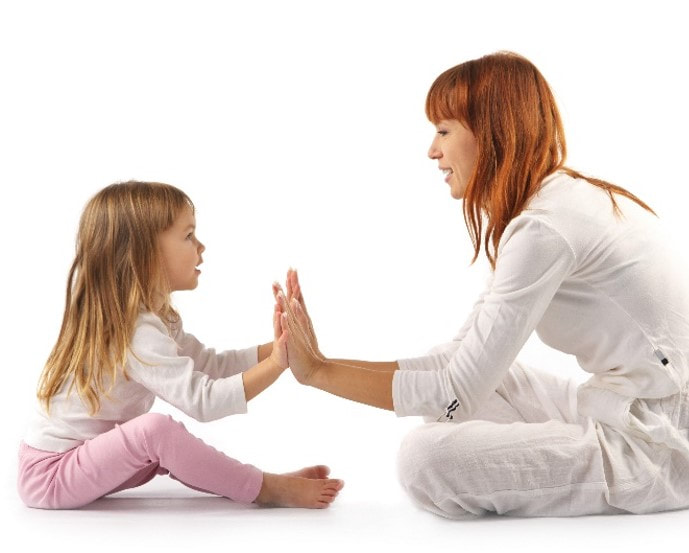
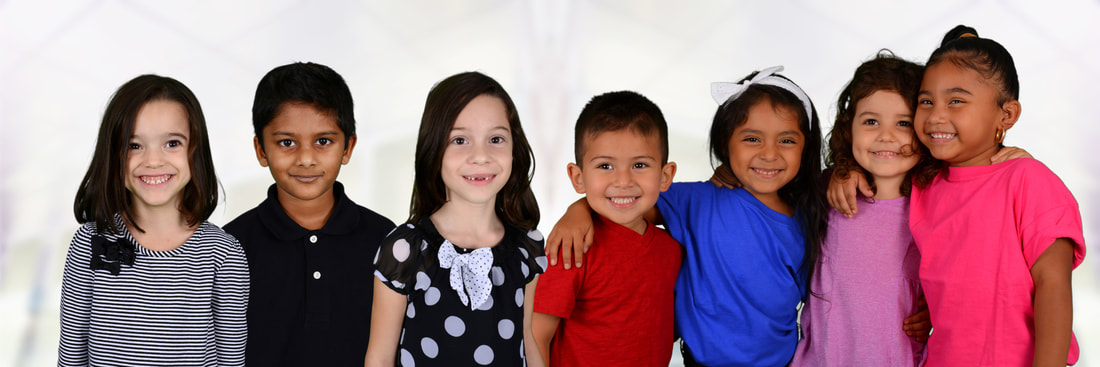
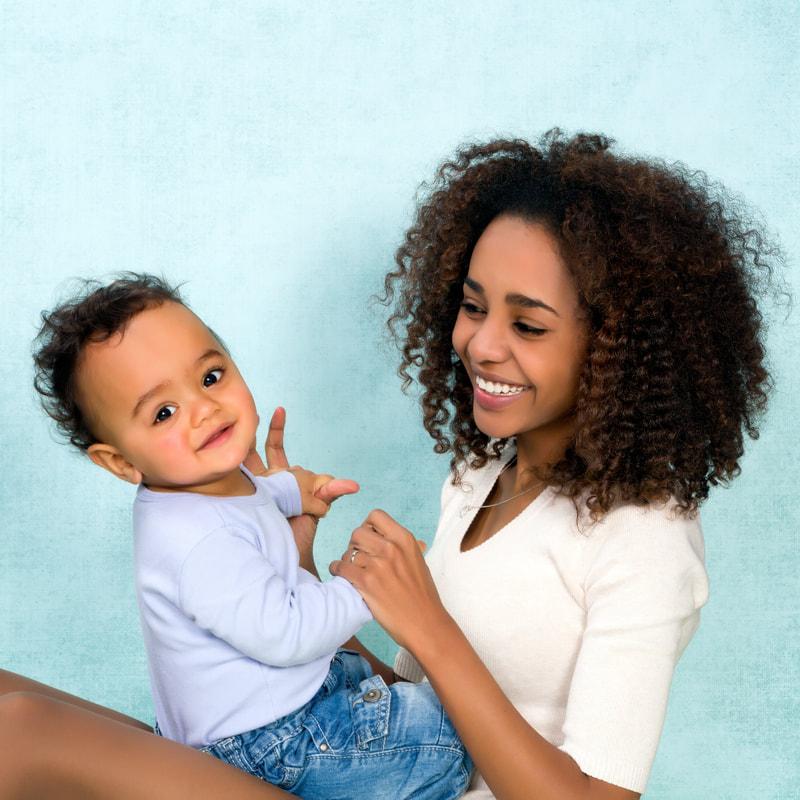
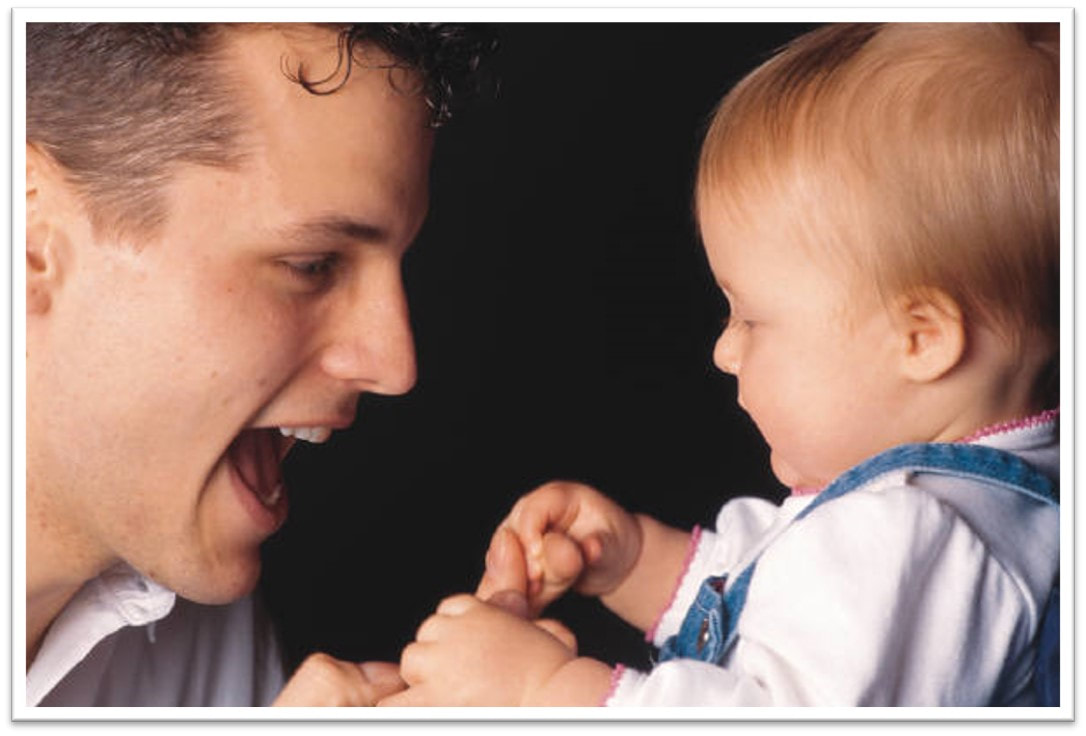
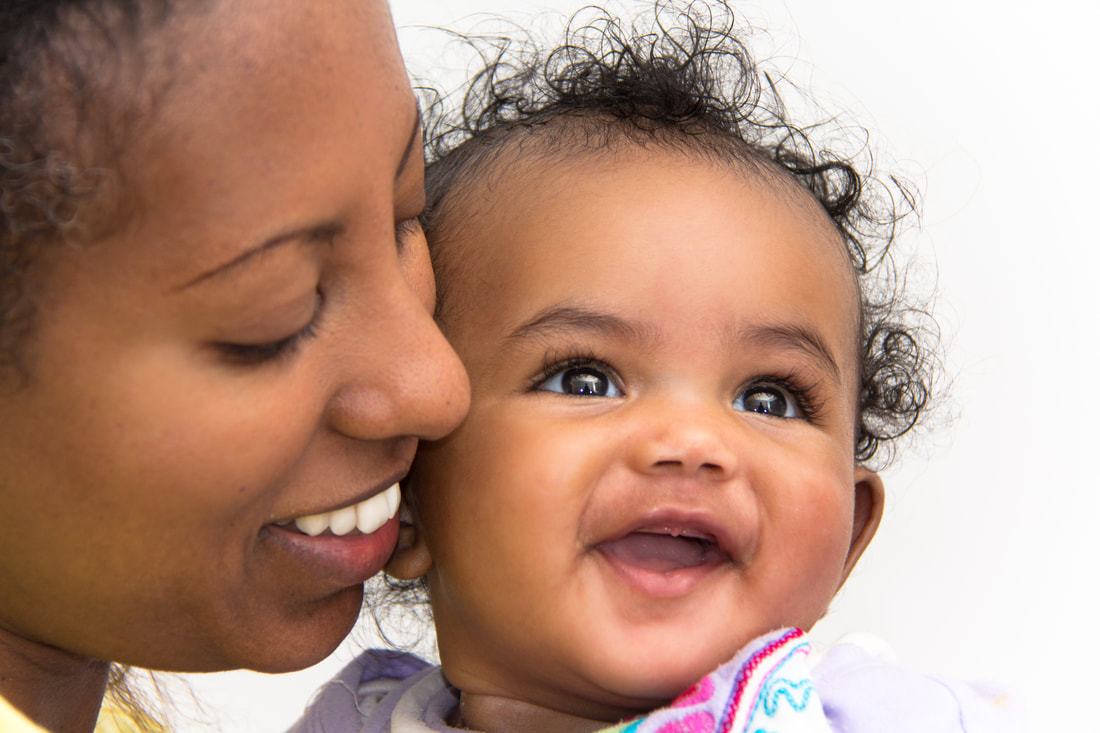
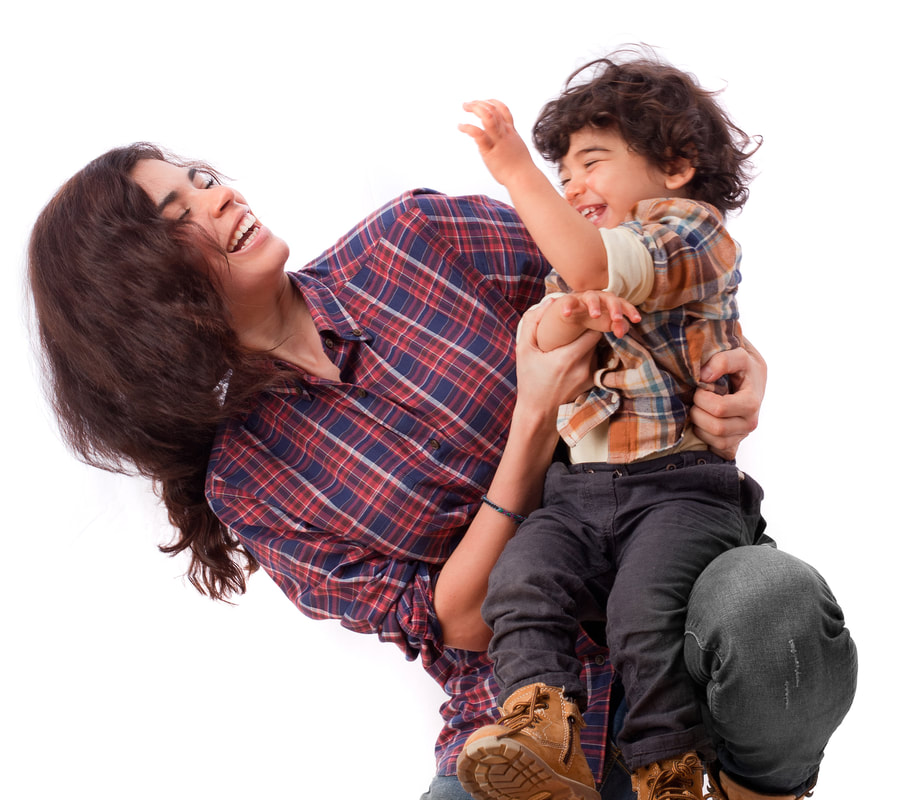




 RSS Feed
RSS Feed